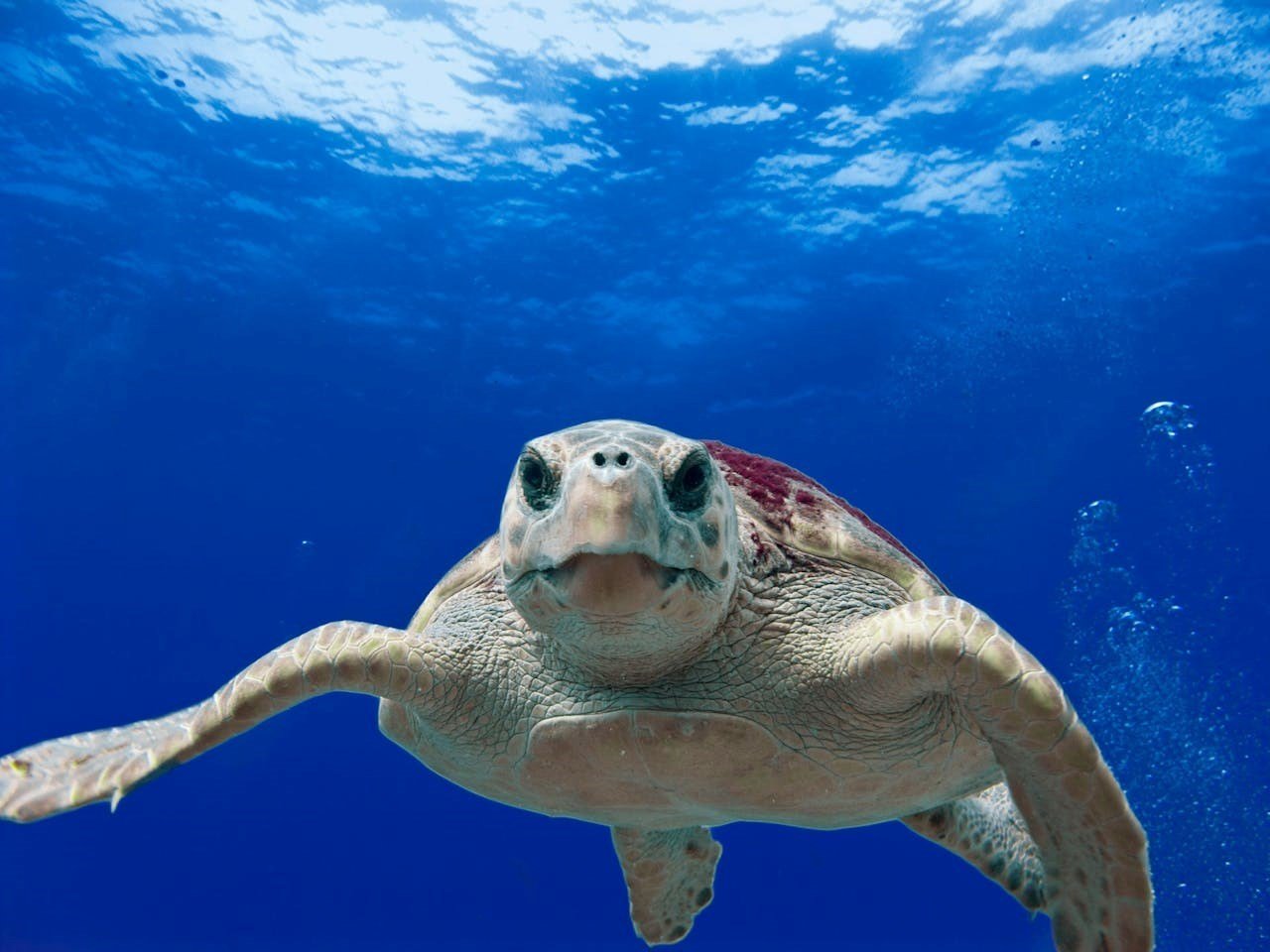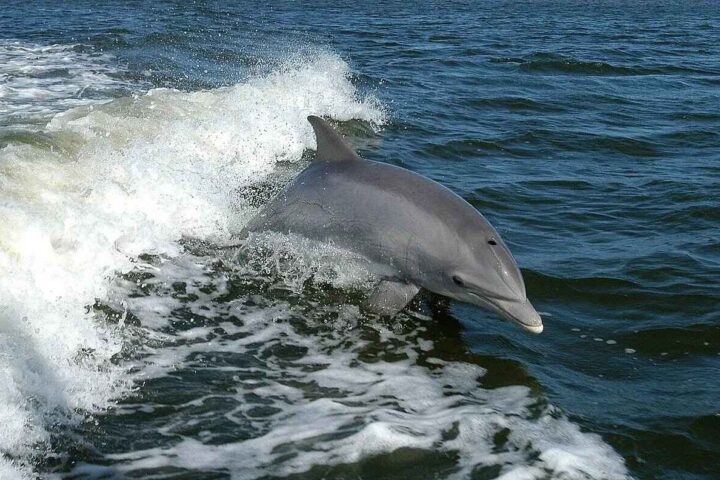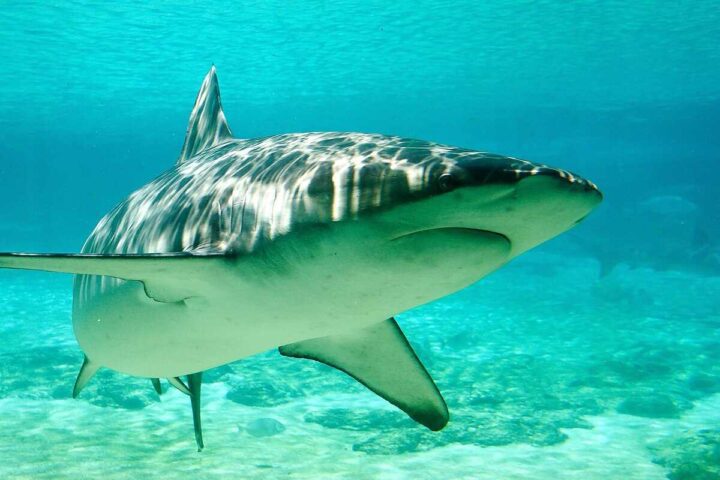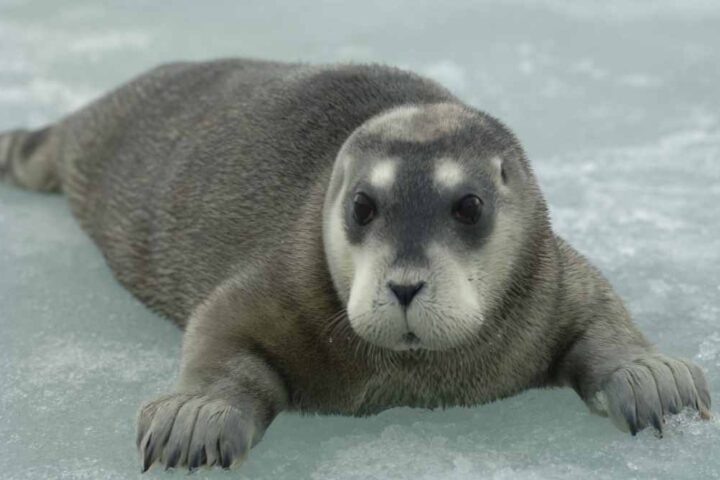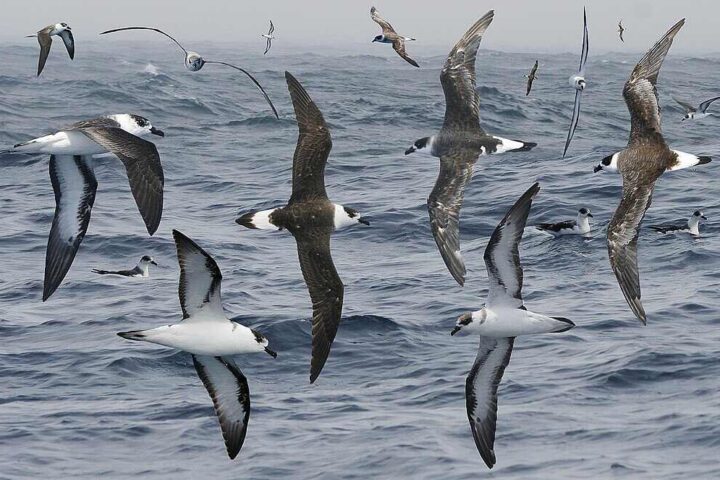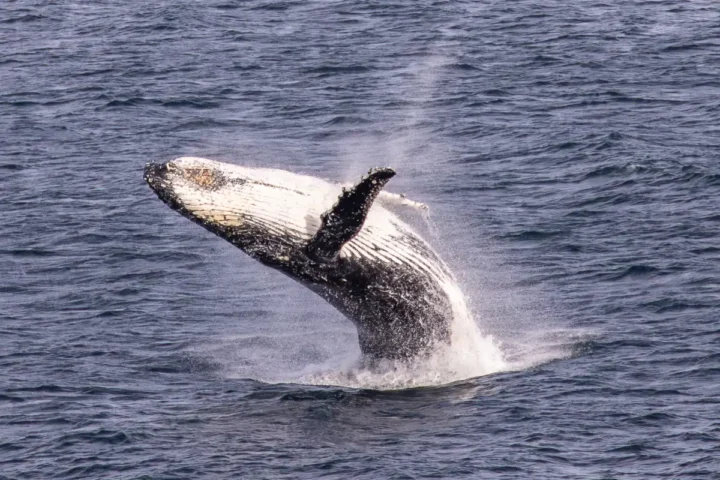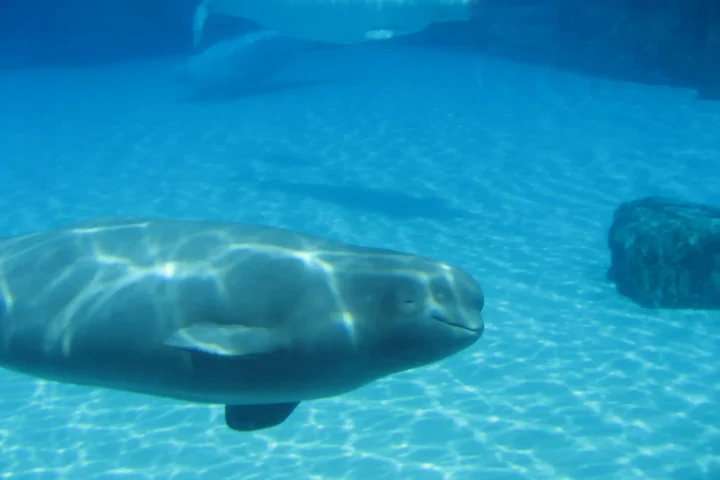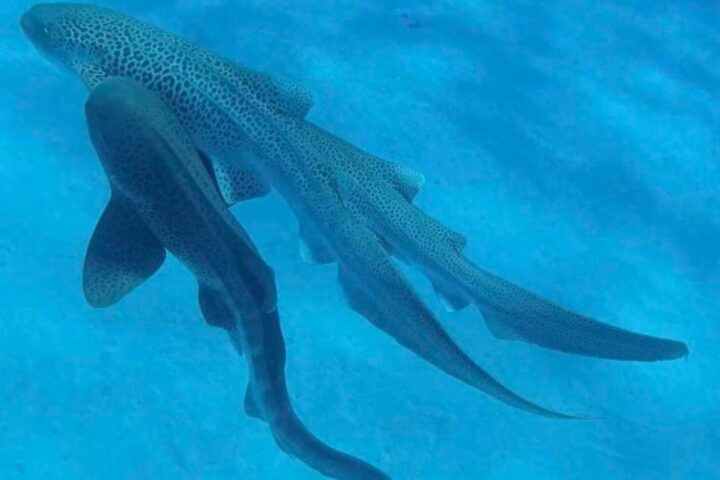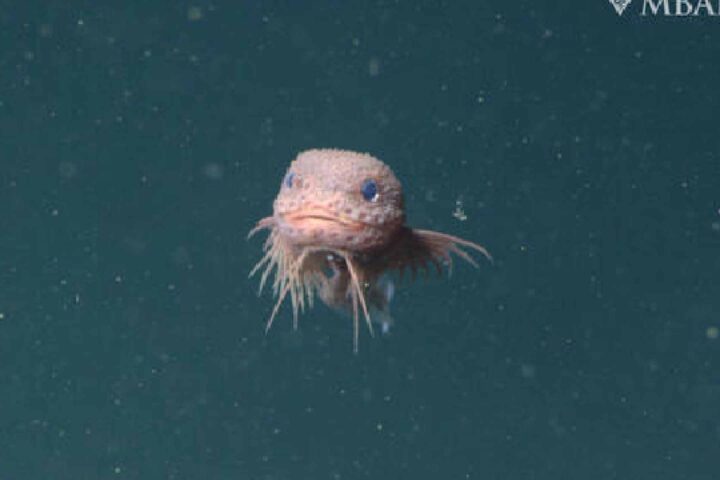Cancer is strikingly rare in turtles, affecting only about 1% of these reptiles, according to a groundbreaking study published in the journal BioScience. This discovery has researchers excited about what turtle biology might teach us about cancer prevention in humans.
The research, led by Dr. Ylenia Chiari from the University of Nottingham and Dr. Scott Glaberman from the University of Birmingham, drew on decades of medical records and autopsies from zoo turtles across the US, UK, and Europe. Their findings revealed not only how uncommon cancer is in turtles but also that when tumors do appear, they almost never spread to other parts of the body.
“Turtles, especially iconic species like Galapagos and Aldabra giant tortoises, are famous for living long lives and growing to tremendous sizes,” said Dr. Chiari. “You’d expect that to mean more cancer, but our study shows how incredibly rare cancer is in these animals.”
What makes this discovery particularly significant is that it contradicts a long-standing biological principle known as Peto’s Paradox. This theory suggests that large, long-lived animals should have higher cancer rates because they have more cells and more time for mutations to occur. But turtles, which can live beyond 150 years and weigh hundreds of kilograms, defy this expectation.
The turtle’s cancer-fighting toolkit appears to include several biological mechanisms. Researchers believe their exceptional resistance comes from three main factors: robust defenses against cell damage, a slow metabolism that reduces cellular stress, and unique genes that protect against cancer development.
Their slow metabolism may be particularly important. Turtles, being cold-blooded, have metabolic rates 5-10% lower than similarly sized mammals. This slower metabolism reduces the production of reactive oxygen species – harmful byproducts that can damage DNA and lead to mutations.
Additionally, turtles have evolved exceptional DNA repair mechanisms and strong antioxidant responses that quickly fix genetic errors before they can escalate into cancerous mutations. Their immune system may also play a crucial role in detecting and eliminating abnormal cells before tumors can form.
Similar Posts
“While fascinating in their own right, extreme species like giant tortoises may have already solved many of the problems humans face, including those related to aging and cancer,” explained Dr. Glaberman. “That makes biodiversity doubly worthy of protection.”
The study also highlights the value of zoo-based science. Dr. Helena Turner, Research Officer at Chester Zoo, noted: “This research underscores the immense value of zoo-based science. We’ve long been committed to detailed health monitoring and long-term care of our animals.”
The implications for human medicine could be substantial. By understanding how turtles resist cancer, scientists might develop new approaches to cancer prevention or treatment in humans. Research is now focusing on identifying the specific genes and cellular mechanisms responsible for turtles’ cancer resistance.
The timing of this discovery carries additional urgency as many turtle species face extinction threats from climate change, habitat loss, and illegal trafficking. Several species studied are classified as Endangered or Critically Endangered according to the International Union for Conservation of Nature.
This intersection of conservation biology and medical research emphasizes how protecting biodiversity isn’t just about preserving ecological systems – it may also preserve biological solutions developed over millions of years that could prove crucial for addressing human health challenges.
As researchers continue to unlock the secrets of turtle longevity and cancer resistance, these ancient reptiles may help solve one of medicine’s most persistent challenges.
